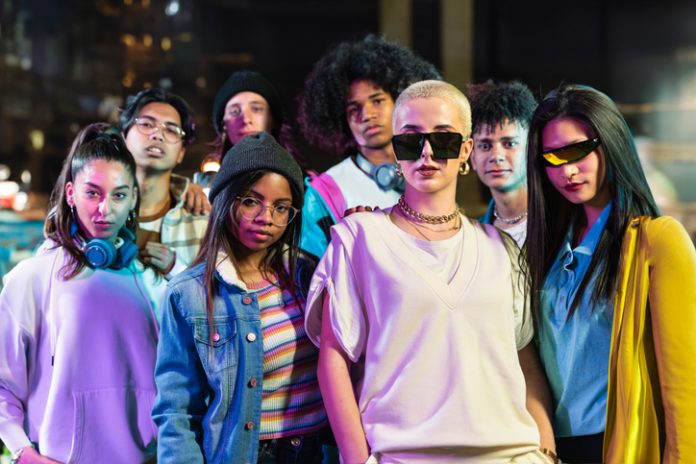
In today’s ever-evolving music landscape, collaborations are no longer just a strategy but a necessity. As the industry becomes increasingly competitive, the ability to form meaningful creative partnerships with other artists, producers, and even brands can make or break your success. But how do you navigate this complex world and form partnerships that are authentic, fruitful, and aligned with your artistic vision?
This article dives into the art of collaboration, offering insights into successful partnerships and practical advice on working with others in the industry.
Why Collaboration is Key in the Modern Music Landscape
The benefits of collaboration go far beyond simply increasing your audience. In a world where the music scene is flooded with talent, standing out often requires tapping into new creative synergies. Collaborating with other artists can bring fresh perspectives, expose you to different fan bases, and enhance your music with styles and ideas you may not have considered before.
In addition, working with producers, songwriters, and brands offers opportunities for learning and expanding your creative toolkit. Successful partnerships in the music industry often lead to long-lasting professional relationships, opening doors for future projects, cross-promotions, and even brand sponsorships.
Key Elements of Successful Collaborations
While partnerships can yield great rewards, they can also be challenging if handled incorrectly. So, what makes a collaboration successful?
- Alignment of Vision: Before diving into a project with another artist or brand, ensure that your creative visions align. Collaborations are most successful when both parties share a common goal, whether it’s experimenting with new genres or promoting a shared message. The collaboration between Beyoncé and Lady Gaga on “Telephone,” for example, worked so well because both artists brought their unique personalities and strengths while maintaining a cohesive creative vision.
- Mutual Respect: Respect is crucial. Recognizing and appreciating each other’s talents fosters a healthy working environment where ideas can flow freely. When producers like Pharrell Williams collaborate with artists, his approach involves respecting the other person’s creative space while bringing his signature flair, resulting in timeless hits.
- Clear Communication: Open, honest communication is the backbone of any partnership. Set clear expectations from the start about roles, responsibilities, and creative control. Miscommunication often leads to clashes and can derail an otherwise promising collaboration.
- Experimentation and Flexibility: Some of the best collaborations come from a willingness to step outside your comfort zone. Whether it’s experimenting with new genres, formats, or sounds, being open to new ideas can lead to groundbreaking results. Think of Kanye West and Bon Iver’s collaborations, where vastly different styles collided to create unique tracks like “Lost in the World.”
Approaching Collaborations with Brands
In today’s music industry, brand partnerships have become a lucrative way for artists to expand their reach. However, choosing the right brand is critical to maintaining authenticity. Whether you’re considering a partnership with a tech company or a fashion label, it’s important to find a brand that aligns with your values and resonates with your audience.
Brands like Nike or Apple have historically partnered with artists who embody their core values. For instance, Travis Scott’s collaboration with Nike worked because the brand and the artist shared a vision of innovation and trendsetting.
How to Get Started with Collaborations
Now that you understand the importance of aligning vision and maintaining open communication, how do you go about securing a collaboration?
- Leverage Your Network: The first step is often as simple as tapping into your existing network. Reach out to artists, producers, or brands you admire. Use social media platforms to show appreciation for their work, opening the door to future conversations.
- Pitch Your Value: When proposing a collaboration, focus on the value you bring to the table. Be clear about how your unique talents, style, and fan base can contribute to the project. If you’re approaching a more established artist or brand, emphasize what makes you stand out.
- Stay Authentic: Authenticity is key. Collaborations that feel forced or overly commercialized rarely succeed in the long run. Fans can easily detect when an artist is working outside their genuine passion. Prioritize collaborations that feel true to your brand.
- Start Small: If you’re new to collaborations, start small. Work with local artists or independent producers to hone your collaborative skills before moving on to bigger, more high-profile partnerships. Many of today’s top artists, including Billie Eilish, started by working with close-knit, independent teams before branching out into larger projects.
Conclusion
Music Industry Weekly understands that in today’s competitive music landscape, mastering the art of collaboration is essential. Whether you’re partnering with fellow artists, producers, or brands, successful collaborations come down to a mix of shared vision, respect, communication, and flexibility. By approaching partnerships strategically and authentically, you can unlock new levels of creativity and expand your reach in ways you never thought possible.







